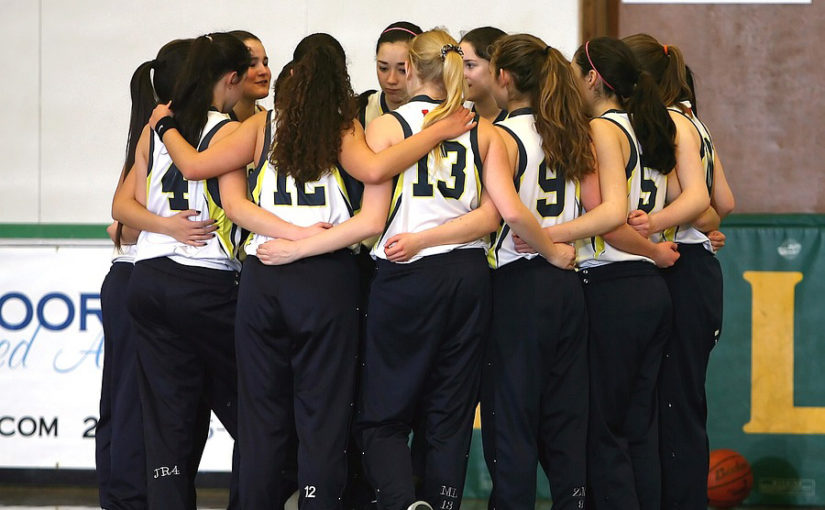Cultivating Confidence in Student-Athletes
The beauty of confidence is that it’s a skill; we can build it and get better at it over time, and I have a few suggestions on where you can start.
There are a plethora of resources and tips on confidence building between blogs and books, but one that I recently stumbled upon is Kara Goucher’s book, “Strong; A Runner’s Guide to Boosting Confidence and Becoming the Best Version of You.” In her book, Goucher, a former multi-NCAA champion and two-time Olympian distance runner, provides insight into her journey for confidence and provides some different strategies for the reader to use.
 Some of the strategies Goucher mentions have worked well with my teams in the past, such as goal-setting with a focus on the process goals, visualization, and confidence journaling.
Some of the strategies Goucher mentions have worked well with my teams in the past, such as goal-setting with a focus on the process goals, visualization, and confidence journaling.
Goal-Setting
Goal-setting might feel like a chore for athletes who haven’t raced in a while. Some might even resist setting any goals until after their first competition. But the best part of goals is that they’re always changing and never static. They help give direction and purpose to the work that athletes have been doing (or are starting to do) in preparation for their first competition. The key to making goals — and the process of setting goals— a bit more comfortable is establishing both the outcome goal, or what you want to accomplish at the end of a season/year, and the process goals, the steps you’re going to take along the way. This type of goal setting helps athletes define where they are now, where they want to be, and what elements they can focus on and control in the process.
Visualization
Returning from a long break from the competitive environment can also be overwhelming. Visualization can be a critical tool for helping athletes adjust to the competitive environment before even setting foot into the arena. Even if our bodies haven’t executed a training plan in 12 months, our minds can do it every day. Visualizing each step of the race and how the body and mind will respond to different challenges helps us prepare for those “what if” moments and lets us tackle each situation with confidence because we anticipated the moment.
Confidence Journaling
Finally, Goucher’s primary recommendation from her book is to do confidence journaling. This can seem like a silly confidence-building strategy, but it’s incredibly helpful for acknowledging the work athletes do. Even the “down periods” some may have taken can benefit athletes who have been grinding through year-round training since they were in middle school. Just because training hasn’t looked the same as it has in the past, doesn’t mean your athletes haven’t been doing hard things (physically and mentally).
Recognizing that those experiences and skills will transfer to their sport is critical. It can be hard to remember all the little steps that helped them get to this point and prepared them for what comes next. Ask your athletes what hard things they have accomplished lately, what they have done in the training that has given them confidence, what they are doing well. How have they grown in this past year that will help them in the future?
But Confidence Isn’t Everything
My running coach, Carrie McCoy, a former Division I athlete and now professional triathlete and founder of JustTri Triathlon Training reminds me: “Think beyond just confidence; what are you grateful for? Adding gratitude keeps everything in perspective.”
» ALSO SEE: A Job Guide for Young Coaches
Remind yourself and your athletes that training and competing are opportunities that not everyone gets to experience — so build fitness while also building confidence and gratitude with your teams. We all know now, more than ever, that being able to compete alongside teammates and opposite opponents is a gift we should never take for granted again.





